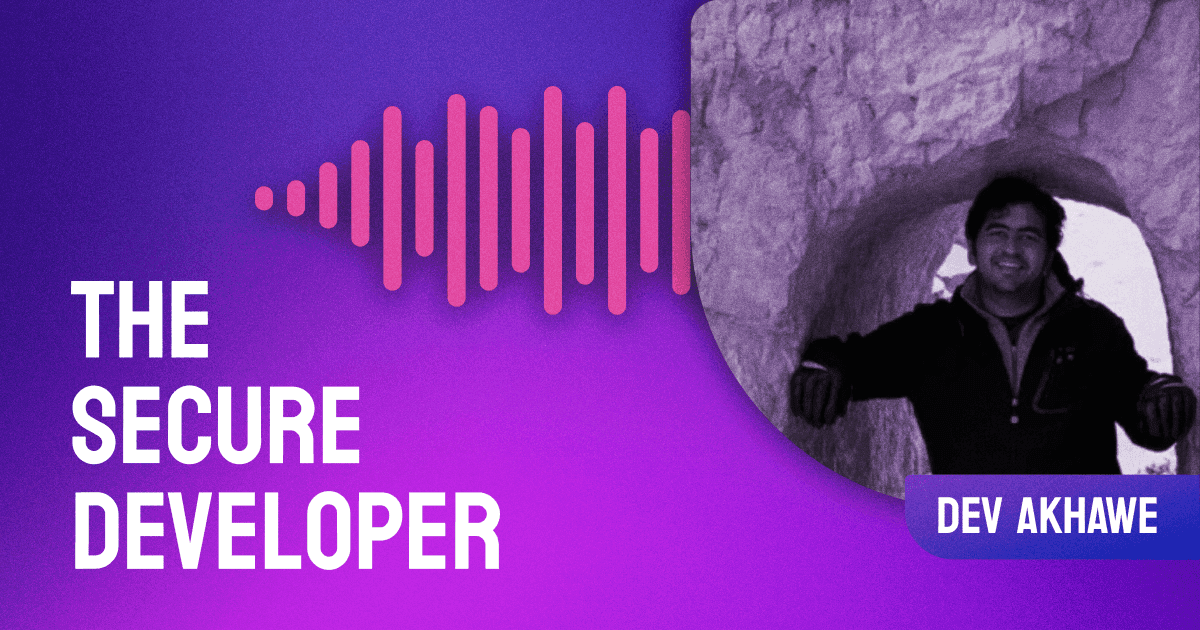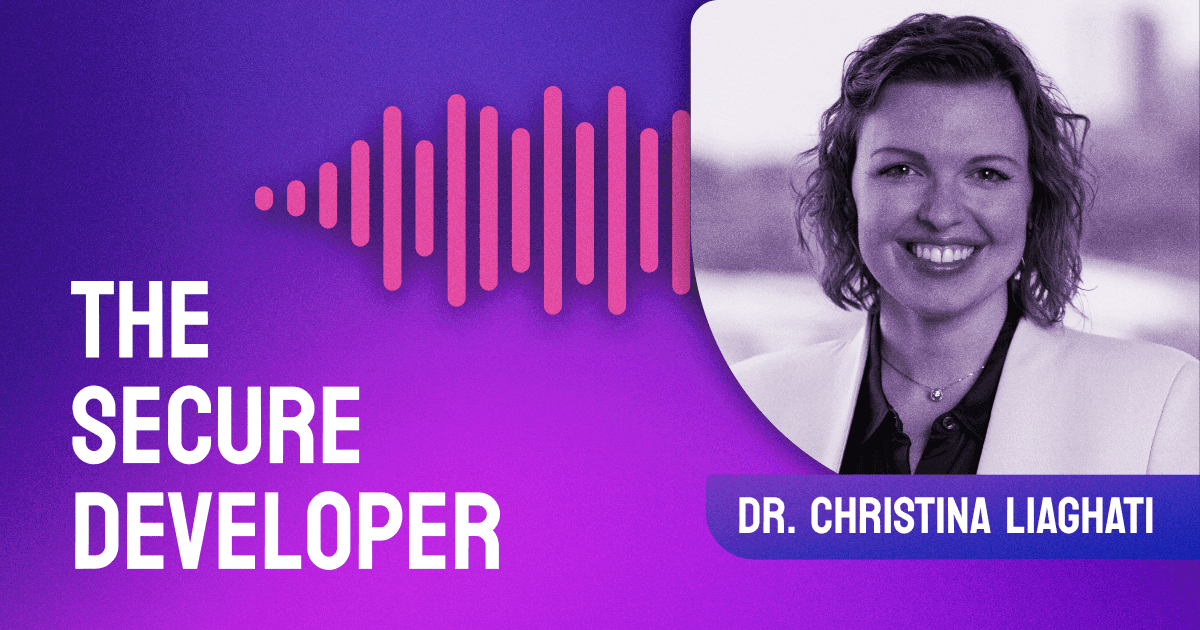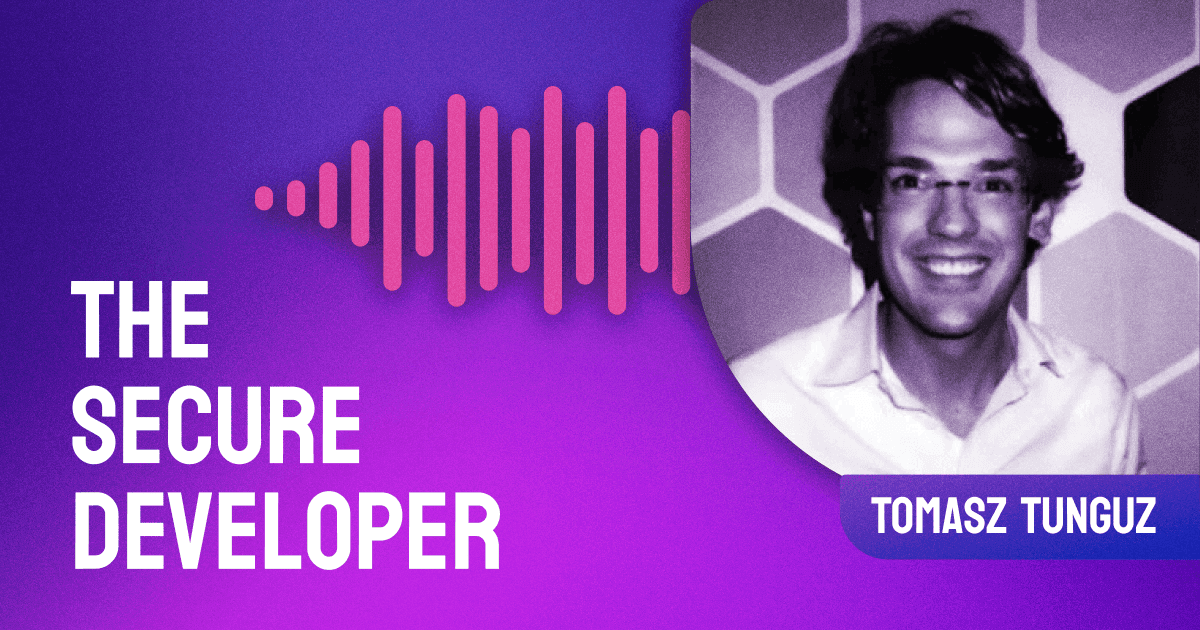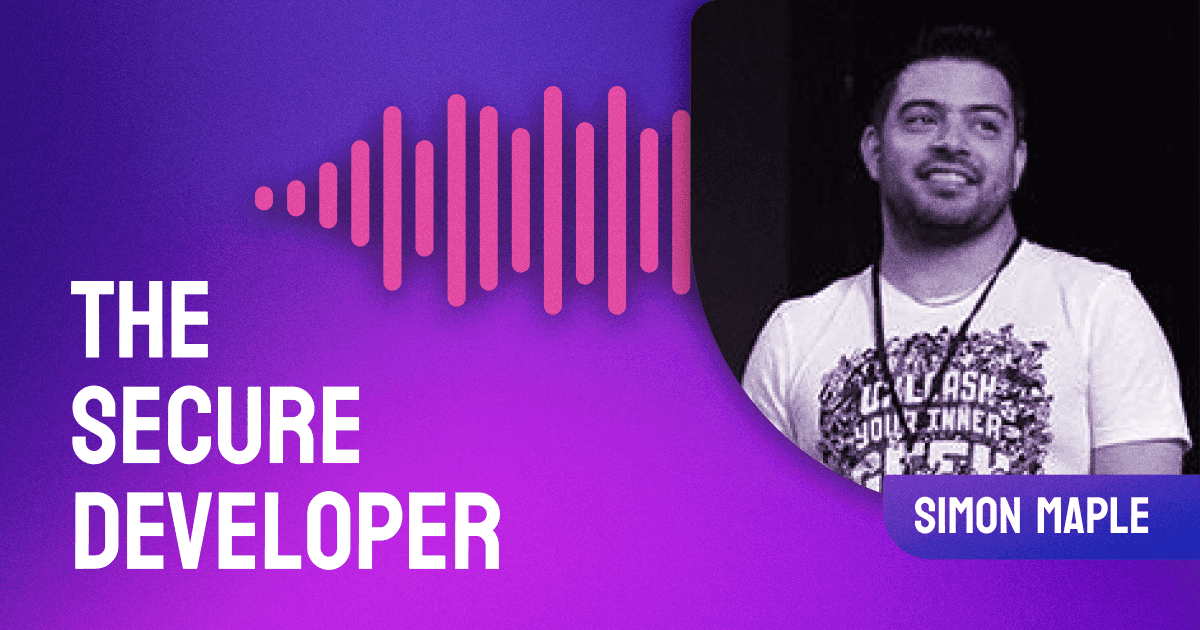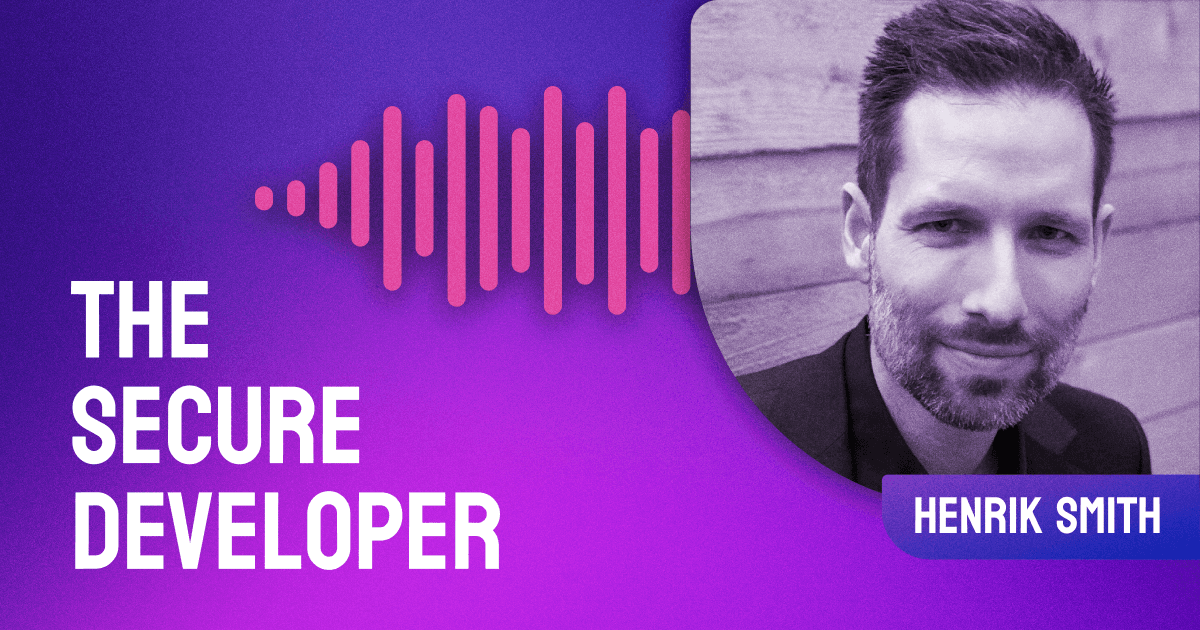As AI adoption continues to grow, it's important that effective risk management strategies and industry security standards evolve along with it. To discuss this, we are joined by Royal Hansen, the VP of Engineering for Privacy, Safety, and Security at Google, where he drives the overall information security strategy for the company’s technical infrastructure (and keeps billions of people safe online).
Royal cut his teeth as a software developer for Sapient before building a cyber-security practice in the financial services industry at @stake, American Express, Goldman Sachs, and Morgan Stanley. In this episode, he explains why adhering to a bold and responsible framework is critical as AI capabilities are integrated into products worldwide and provides an overview of Google’s Secure AI Framework (SAIF), designed to help mitigate risks specific to AI systems. Royal unpacks each of the six core elements of SAIF, emphasizes the importance of collaboration, shares how he uses AI in his personal life, and much more.
Today’s conversation outlines a practical approach to addressing top-of-mind AI security concerns for consumers and security and risk professionals alike, so be sure to tune in!

